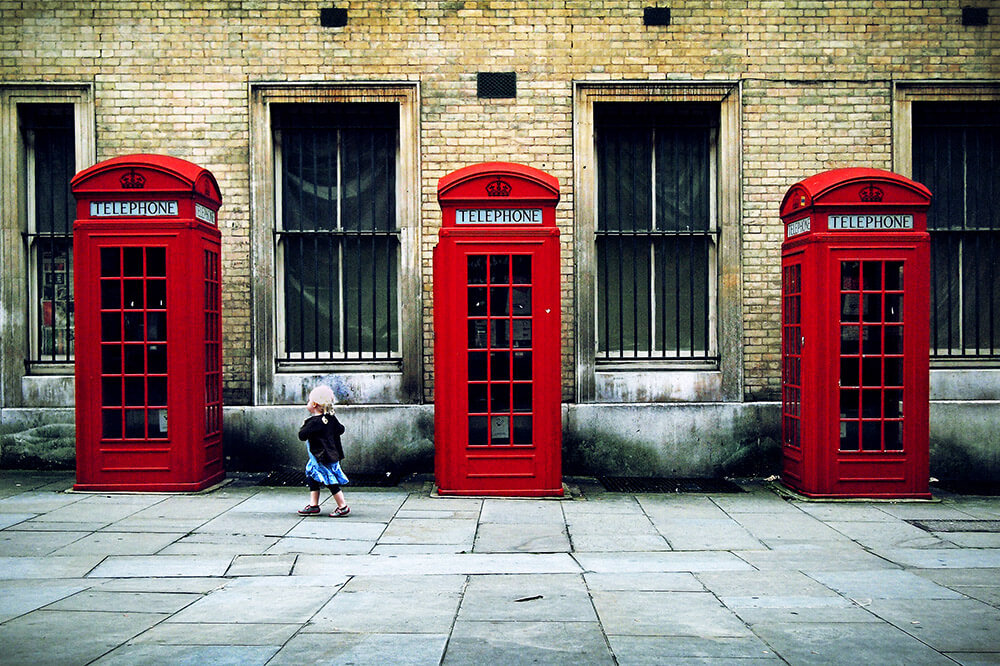Street Photographers Can Be Fun For Anyone
Street Photographers Can Be Fun For Anyone
Blog Article
The Only Guide for Street Photographers
Table of ContentsThe smart Trick of Street Photographers That Nobody is DiscussingThe Buzz on Street PhotographersAn Unbiased View of Street PhotographersThe smart Trick of Street Photographers That Nobody is DiscussingThe Of Street Photographers
Road photographers do not necessarily have a social objective in mind, but they choose to separate and record minutes which may otherwise go undetected.He was affected by several of those who affected the street digital photographers of the 1950s and '60s, he was not mainly interested in capturing the spirit of the street., that functioned side by side with digital photographers attempting to capture the essence of city life.
Because of the fairly primitive technology offered to him and the lengthy direct exposure time called for, he struggled to record the hustle and bustle of the Paris roads. He tried out with a series of photographic approaches, attempting to locate one that would certainly enable him to capture movement without a blur, and he located some success with the calotype, patented in 1841 by William Henry Fox Talbot. Unlike Atget, professional photographer Charles Marville was employed by the city of Paris to create an encyclopaedic file of Haussmann's city preparation project as it unravelled, thus old and brand-new Paris. While the digital photographers' subject was essentially the exact same, the results were noticeably different, showing the influence of the digital photographer's intent on the character of the pictures he created.
Provided the fine quality of his photos and the breadth of product, engineers and artists frequently got Atget's prints to make use of as reference for their very own job, though commercial rate of interests were barely his primary motivation. Instead, he was driven to photo every last residue of the Paris he loved. The mingled interest and necessity of his objective shine through, resulting in pictures that narrate his own experience of the city, top qualities that expected road photography of the 20th century.
Street Photographers Can Be Fun For Everyone
They reveal the city through his eyes. His job and essential understanding of digital photography as an art form acted as motivation to generations of digital photographers that complied with. The future generation of road professional photographers, though they likely did not describe themselves as such, was introduced by the photojournalism of Hungarian-born professional photographer Andr Kertsz.
Unlike his peers, Brassa made use of a larger-format Voigtlnder cam with a longer exposure time, compeling him to be extra calculated and thoughtful in his method than he may have been if utilizing a Leica. (It is believed that he might not have actually had the ability to manage a Leica back then, but he did, however, use one in the late 1950s to take colour photos.) Brassa's photos of the Paris underworld illuminated by synthetic light were a discovery, and the compilation of the collection that he published, (1933 ), was a significant success.
Cartier-Bresson was a champion of the Leica video camera and one of the first photographers to maximize its abilities. The Leica allowed the photographer to communicate with the environments and to record minutes as they took place. Its reasonably small size additionally aided the digital photographer discolor into the background, which was Cartier-Bresson's recommended method.
Indicators on Street Photographers You Need To Know
It is due to this basic understanding of the art of picture taking that he is often attributed with discovering the medium all over again approximately a century considering that its innovation. He took photographs for even more than a half century and influenced generations of photographers to trust their eye and intuition in the minute.
These are the questions I shall try to address: And after that I'll leave you with my own definition of road photography. Yes, we do. Let's start with specifying what a meaning is: According to (Street Photographers) it is: "The act of defining, or of making something definite, distinctive, or clear"
No, most definitely not. The term is both limiting and misdirecting. Seems like a road digital photography need to be photos of a roads right?! And all street photographers, find out here now except for you can try here a little number of absolute newbies, will totally appreciate that a road is not the crucial part to road photography, and really if it's a photo of a street with maybe a couple of monotonous people not doing anything of interest, that's not road photography that's a snapshot of a street.
The 10-Minute Rule for Street Photographers
He makes a valid point do not you think? While I concur with him I'm not sure "candid public photography" will capture on (although I do kind of like the term "honest digital photography") because "road photography" has actually been around for a long time, with lots of masters' names attached to it, so I believe the term is right here to stay (Street Photographers).
You can shoot at the beach, at a celebration, in a street, in a park, in a piazza, in a cafe, at a museum or art gallery, in a city terminal, at an occasion, on a bridge, under a bridge ...
Yes, I'm afraid we worried no choice! Without policies we can not have a definition, and without an interpretation we do not have a style, and without check my blog a category we do not have anything to define what we do, and so we are stuck in a "guidelines interpretation style" loop!
All About Street Photographers

Report this page